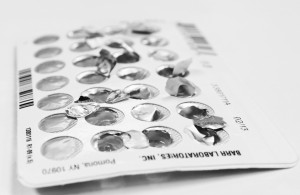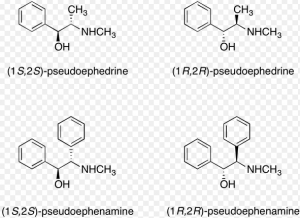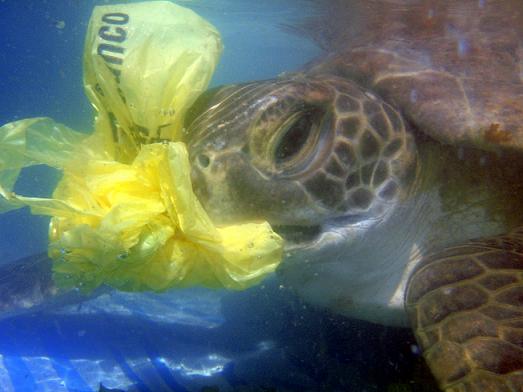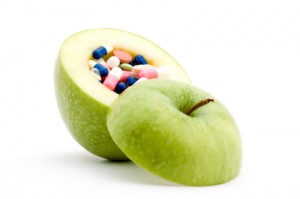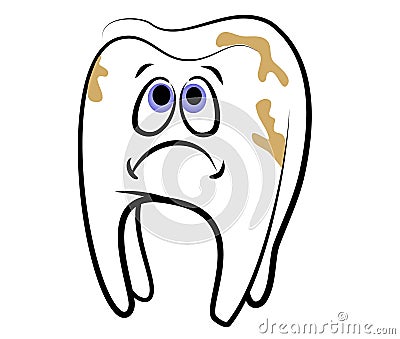
“A pure fast, like duty, is its own reward.” – Mahatma Gandhi
Image: Wikimedia Commons
There is a notion that a majority of people are aware of and follow rigorously when trying to lose weight. That eating breakfast and smaller meals with minimal breaks in between throughout the whole day will increase your metabolism, resulting in faster weight loss. What if I told you that I could debunk that myth and open your eyes to a whole new world of fasting, and more specifically intermittent fasting?
For starters, Dr. Mercola in the video below explains the benefits of skipping breakfast as well as tips on how to get started with intermittent fast and what your diet should compose of.

Additionally, there were no significant differences in short-term appetite regulation or increased dietary compliance with increased meal frequency based on Dr. Jameason Cameron’s study.1 It was hypothesized that there would be beneficial effects of increased meal frequency resulting from more favourable gut peptide profiles such as peptide YY or gherlin, that would have potentially led to greater weight loss.1 But according to the results , these daily profiles did not change with increased meal frequency nor did it impact appetite parameters in a favourable manner.1 So it is safe to assume that increasing meal frequency throughout the day will not benefit you in any way in regards to losing weight.
Furthermore, studies conducted by Dr. James Brown from Ashton University resulted in the discovery of the beneficial aspects of intermittent fasting towards type 2 diabetes and cardiovascular disease patients.2 Clinical trials reveal that fasting can limit inflammation, improve sugar and fat levels in circulation, as well as reduce blood pressure.2 When in the state of fasting, our body determines which fuel to burn, which improves metabolism2 and results in a healthy fat loss process. According to recent studies, restricting calorie intake has the possibility to reverse type 2 diabetes in some people.2 There were also observed cardiovascular benefits similar to that of exercising when under intermittent fasting, such as improved blood pressure and heart rate, and lowered cholesterol.2 So you would reap the benefits of exercising without lifting a finger, except for when you would have to pick up that spoon in order to finish your bowl of rice.
In conclusion, instead of blindly following a media-born myth of your day having to start with breakfast and increasing your meal frequency, try alternative methods to get the best results of both physique and health. Try intermittent fasting, you may just get in the best shape of your life, be protected against diseases or even have the potential to expand your life expectancy.
– Samuel Choi
References:
[1] Cameron, J. D., Cyr, M., & Doucet, E. (2010). Increased meal frequency does not promote greater weight loss in subjects who were prescribed an 8-week equi-energetic energy-restricted diet. The British Journal of Nutrition, 103(8), 1098-1101.
[2] Intermittent fasting: A dietary intervention for prevention of diabetes and cardiovascular disease?(2013). British Journal of Diabetes & Vascular Disease, 13(2), 68-72.





